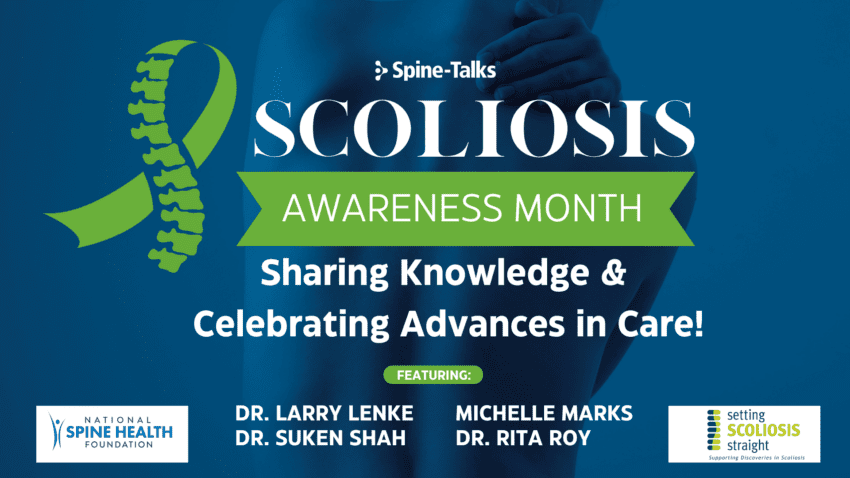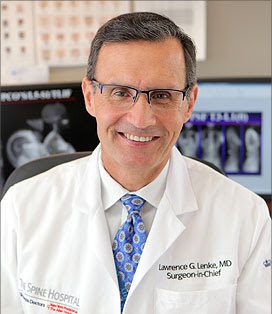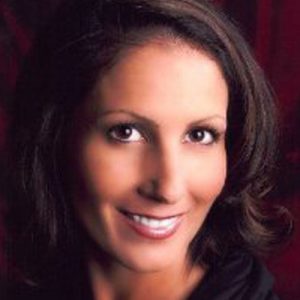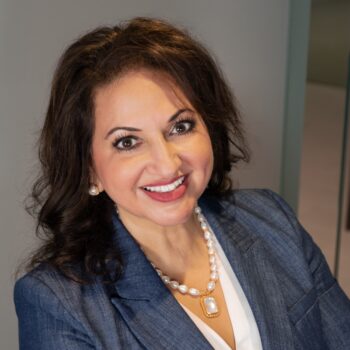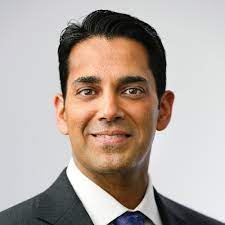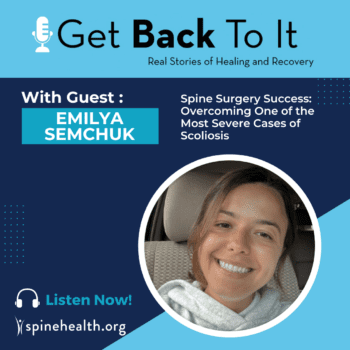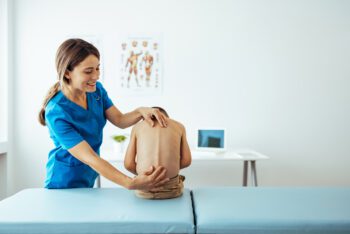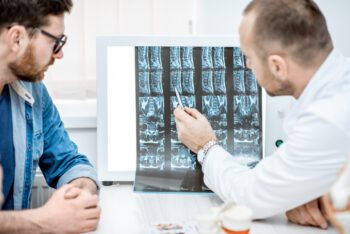Panelists:
Lawrence G. Lenke, MD, Surgeon-in-Chief
The Och Spine Hospital, Columbia New York-Presbyterian, New York, NY
Suken A. Shah, MD, Pediatric Spine Surgeon
Nemours Children’s Hospital, Wilmington, DE
Michelle Marks, PT, MA, Executive Director
Setting Scoliosis Straight Foundation, San Diego, CA
Rita T. Roy, MD, CEO
National Spine Health Foundation, Reston, VA
Description:
Join us for this informational Spine-Talks event, hosted by the National Spine Health Foundation and the Setting Scoliosis Straight Foundation in honor of Scoliosis Awareness Month. Our esteemed panelists, world-renowned spine surgeons Dr. Larry Lenke and Dr. Suken Shah, guide you through an exploration of the latest treatments and advancements in pediatric and adult scoliosis. Together, they shed light on the unique aspects of these conditions, including what happens to scoliosis after adolescence, uncovering its progression and potential complications in adulthood.
Addressing the differences in treatment approaches between pediatric and adult scoliosis, Drs. Lenke and Shah provide insights into both conservative options such as bracing for adolescents and surgical treatment possibilities for both age groups. This enlightening discussion offers a valuable understanding of the characteristics, diagnosis, and various treatment approaches available for pediatric and adult scoliosis, taking into consideration the recent advancements and ongoing developments in the field.
Chapters:
00:00 Introduction
00:53 Background on the Setting Scoliosis Straight Foundation
03:57 The Most Common Type of Scoliosis in a Young Person is Adolescent Idiopathic Scoliosis
05:29 What Happens to Scoliosis After Adolescence?
07:56 What Are the Different Types of Scoliosis?
09:00 What Does Idiopathic Mean?
10:58 How Do You Diagnose Idiopathic Scoliosis?
11:37 What Are the Differences in Treatment Between Pediatric and Adult Scoliosis?
13:52 Does Exercise Slow Down the Progression of Pediatric Scoliosis?
15:04 Does Exercise Slow Down the Progression of Adult Scoliosis?
17:26 What Are the Most Recent Advances in the Treatment of Adult Scoliosis?
20:59 What Are the Most Recent Advances in the Treatment of Pediatric Scoliosis?
24:26 Review of the Treatment of a 60 Year Old Female With Adult Idiopathic Scoliosis
25:58 Case Review of the Treatment of a 72 Year Old Female with Scoliosis and Kyphosis
28:30 Case: Treatment Comparison – Advances from 1998 to Present
33:24 How Has Pediatric Scoliosis Treatment Evolved?
